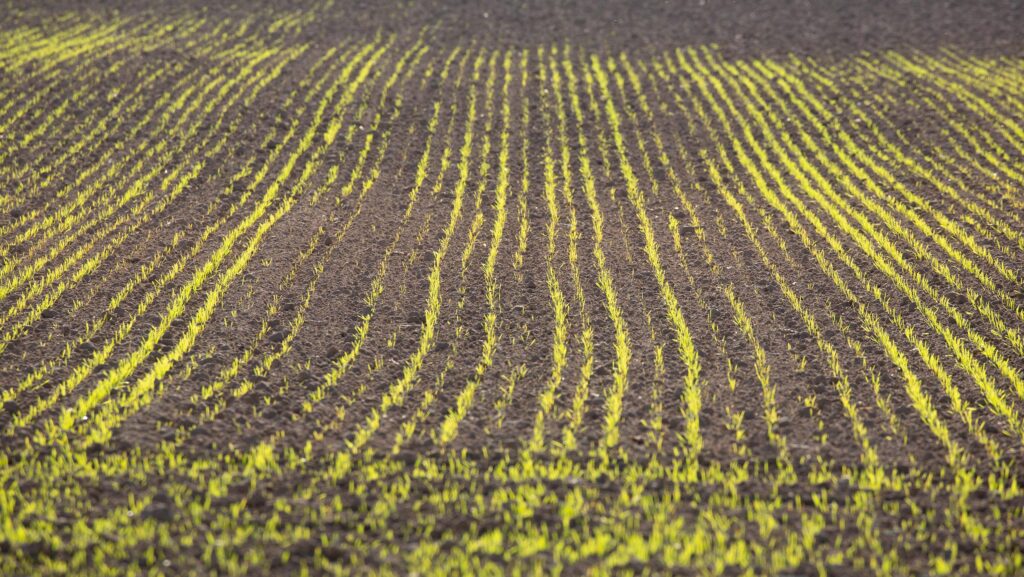UK wheat market still tight in 2025 despite larger area
 © Tim Scrivener
© Tim Scrivener The UK wheat area is expected to reach 1.6m hectares in 2025, according to the AHDB’s Early Bird Survey, following an improved planting window this autumn compared with the previous year.
However, despite the wheat area increasing by 5% year-on-year, it is still expected to be below the five-year average for 2019 to 2023 and could be outweighed by demand.
Glenn Mason, head of grain marketing at Openfield, said: “There seems to be a lot of speculation this week about a bigger crop size, but that will come down to yields at the end of the day.
See also: Wheat market shows modest rally as Black Sea tension mounts
“Bearing in mind we have had 16m tonne crops in the past, with an average yield based on the early bird survey area, we might end up with a 13m tonne crop next year.”
He added that, while the market would not need to import as much as this year, it actually did not leave much of an export surplus either, and the market could end up quite tight again.
The EU crop monitoring service November update said: “In the United Kingdom, dry conditions after mid-October enabled farmers to catch up with winter cereals sowing.
“Cereals sown before mid-October appear to be in poor condition, due to the overly wet conditions that prevailed until that time. Later-sown cereals look more promising.”
Early industry estimates have suggested that the wheat area may recover further for 2026 and could produce closer to 14m tonnes.
Lack of farmer selling
The market has come down recently and farmers are not that engaged with selling at the moment, according to Mr Mason.
“Unless the market gets up to sort of £200/t ex-farm they [farmers] will wait I think for the moment.”
UK feed wheat futures closed at £190.5/t on 26 November for the May 2025 contract, down by roughly £2/t on the week.
Cropping area
The AHDB’s Early Bird Survey, which covers cropping decisions on more than 600,000ha of land, also expects a 3% increase in the UK oat area for next year’s harvest.
The total winter barley area is forecast to be down by 1%, while the spring barley area is forecast to fall by 13% on the year.
The rapeseed area for 2025 paints a particularly worrying picture, with the provisional forecast at 239,000ha, down 17% on the year.
If that materialises, it will be the lowest oilseed area for more than four decades and increase further the UK’s reliance on imports.
